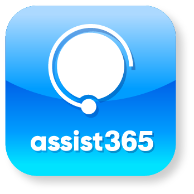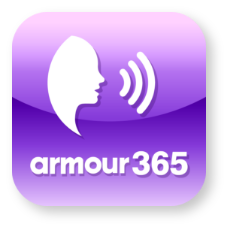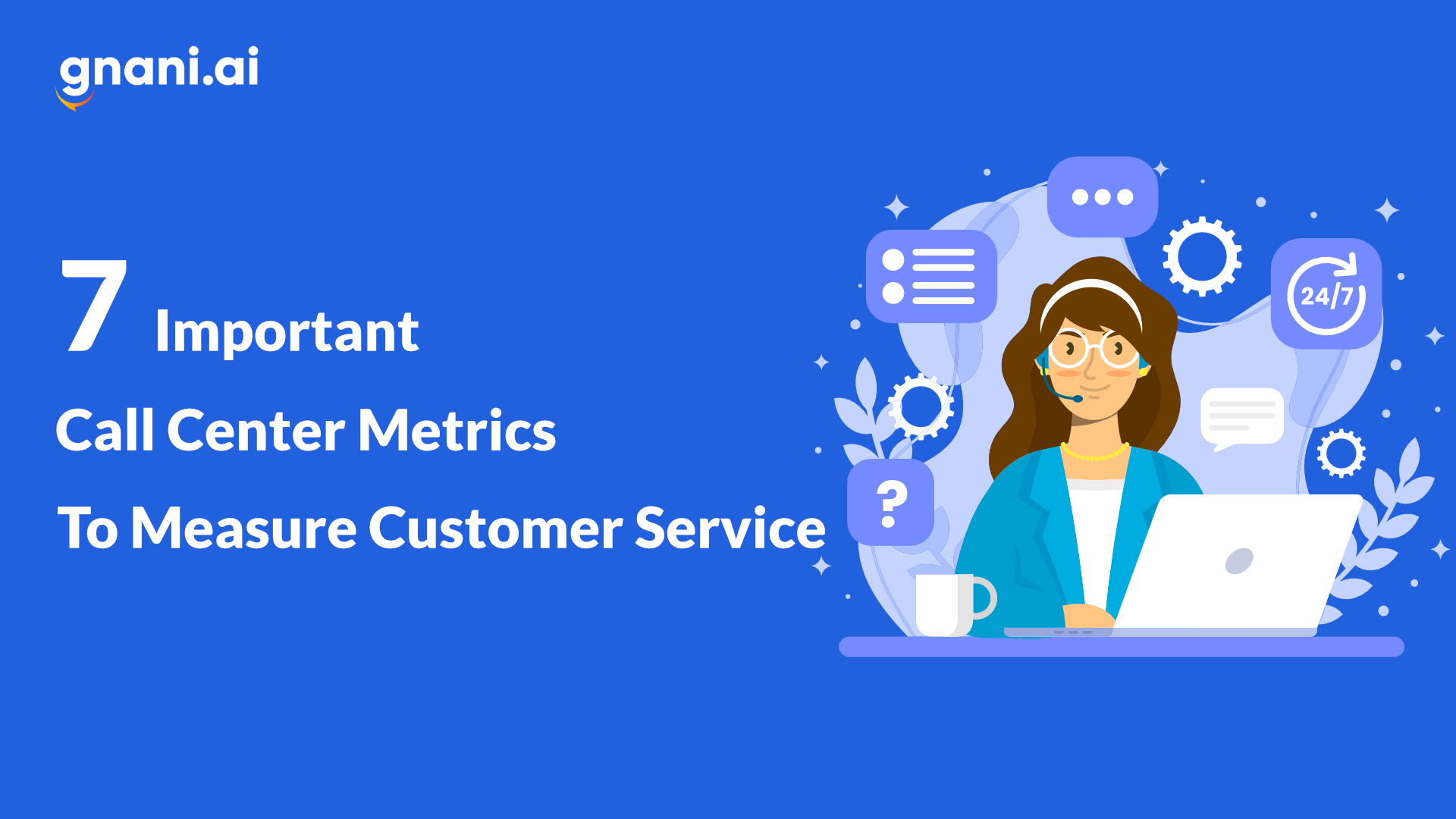Call centers are the voice of customer service for businesses around the globe. There have been incredible improvements in the technology that these centers use. In this article, we are going to look at critical call center metrics to measure your customer service.
Let us look at some highly important call center metrics to measure customer service.
Net Promoter Score (NPS):
NPS is considered one of the most accurate ways to measure how satisfied your customers are with you. It asks a simple one-line question-”How likely are you to recommend our services to your friends and family, on a scale of 0-10?”
The respondents are classified in the following way:
Promoters- 9 or 10
Passives- 7 or 8
Detractors- 0 to 6
NPS= % of Promoters minus % of Detractors
The best way to collect NPS responses is by sending timely surveys. Conversational AI survey bots can be used for this for improved results.
Service Level:
It is considered as the percentage of calls that are answered within a particular time period. Certain companies might have a service level agreement (SLA) where they have to pick up calls within 30 seconds of its ringing. Some call centers aim to pick up 75% of calls within that time period. The SLA depends on the agreement between the call center and the organization.
Service level tells you whether the organization has enough resources to meet the requirements of the customers. When customers can get hold of the agents quickly, their issues will be resolved in the shortest time possible.
Contact Quality:
It is one of the most common call center metrics used by organizations to evaluate customer service and agent quality. This metric is used by quality control analysts to go through random call recordings.
The analysts looks at a number of factors to measure contact quality, starting from how they address the customer, steps taken to resolve the issue, professionalism showed during the course of the call, and the efficiency with which they gather customer information.
Average Abandon Rate:
Abandon rate is the percentage of calls that are dropped by the customer. While this metric doesn’t tell you anything about an individual agent, it does tell you about agent productivity. If you see that the average call abandonment rate is getting higher, then you need to find out what’s plaguing your communication systems. Dropped calls can hamper the experience of the customer negatively and you might want to get working on it immediately.
Percentage of Calls Blocked:
It refers to the percentage of callers who receive a busy tone when they try to reach customer care. When this metric is too high, it implies that your agents are not getting the opportunity to take care of customers’ issues.
It will also result in a set of frustrated customers who are unhappy since their request for assistance is not being met. If the organization feels that this metric is not reducing, they might want to think about adding some level of automation in the call center. Contact centers augmented with Conversational AI bots are seeing 10% improve productivity and increase customer satisfaction.
First Call Resolution:
This metric refers to the percentage of calls whose complaints are resolved in the first call itself. It is a pivotal metric as it has a huge bearing on reducing customer churn rates.
Industry’s first call resolution rate benchmark is 74%, according to MetricNet. How does your call center fare against this metric?
The best way to offer great customer service is to solve the customers’ issues as quickly as possible, and this is why first-call resolution rates is so crucial as a metric to measure customer service.
Customer Effort Score (CES):
The CES metric shows the ease with which your product solves a customer use case. While there is no standard system for measuring CES, some businesses use a 5-point scale while others use a 7-point scale.
The CES question is also simple like the NPS question.
“On a service of 1 to 7, did our product make it easier for you to solve your problem?”
If the call center customer responds with a high CES score, it means they are satisfied.
How does aura365™ increase the productivity of call centers and makes agents’ life easier?
Most contact centers only have historical information about the previous interactions with the customers, what they wanted, and analytics gathered from inane sources. aura365™ is an AI-enabled and ML-driven omnichannel analytics platform that is hardwired to improve customer experience in the contact center.
AI-Powered Omnichannel Voice Analytics Advantages
- You can upload recorded voice data from different channels. It can analyze the interactions and give deeper insights, including sentimental analysis, to offer actionable advice
- Offers data-driven recommendations, including when to upsell and cross-sell
- Data insights can be used to train the agents and offer the best service possible for customers
- Provides scope for 100% QA automation
- Measures KPIs for products, agents, and customer satisfaction
There are many more call center metrics, but you don’t have to measure each of them. If you are a startup, you might want to focus on the most essential metrics. While you might have an idea of how your call center is performing, you will be able to find areas that need more improvement once you start measuring key performance indicators.
aura365™ analyses customer interactions across varied sources and identifies the factors that could improve customer experience and comes up with strategies for increasing the bottom line.
Frequently Asked Questions
What are call center metrics?
This contact center metric calculates the average time it takes for calls to be answered within a specific time frame. If this metric is too high, it may mean that your agents aren’t moving as quickly as they could, and your customers are waiting too long on hold.
What are the 4 key metrics of a call center?
The four key metrics are Deployment Frequency, Lead Time For Changes, Mean Time to Restore and Change Failure Rate.
How do call centers improve KPIs?
- Set clear expectations for agents.
- Implement regularly learning opportunities.
- Provide agents with call flows and scripts.
- Invest in software.





